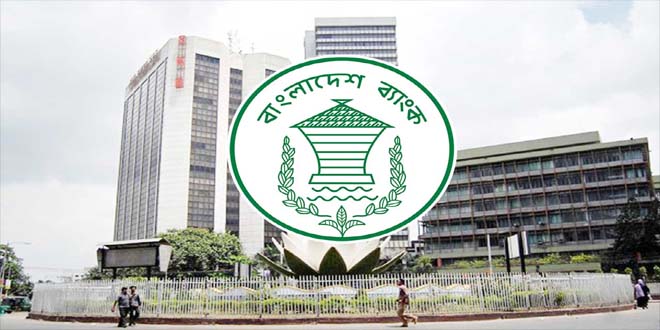After three years of research, an international team has created the first ‘World Cybercrime Index’, which ranks the most significant sources of cybercrime at a national level.
The PLOS ONE journal’s Index, reveals that a few countries pose the biggest cybercrime threat. Russia is the top, followed by Ukraine, China, the USA, Nigeria, and Romania, with the UK at number eight.
Dr. Miranda Bruce, co-author of the study from the University of Oxford and UNSW Canberra, explained that the study will help both public and private sectors concentrate their resources on major cybercrime areas, reducing resources spent on cybercrime in less affected countries. The research aims to reveal cybercriminal identities and contribute to combating profit-driven cybercrime.

‘We now have a deeper understanding of the geography of cybercrime, and how different countries specialise in different types of cybercrime.’
‘By continuing to collect this data, we’ll be able to monitor the emergence of any new hotspots and it is possible early interventions could be made in at-risk countries before a serious cybercrime problem even develops.’
The Index data was collected from a survey of 92 top cybercrime experts worldwide. They were asked to identify the major categories of cybercrime and rank the countries that are significant sources of these crimes based on impact, professionalism, and technical skill of cybercriminals.
Top ten countries with their World Cybercrime Index scores: Russia, Ukraine, China, United States, Nigeria, Romania, North Korea, United Kingdom, Brazil, and India.
Jonathan Lusthaus, an Associate Professor at the University of Oxford, explained that cybercrime is hard to see because criminals hide using fake profiles and technical measures.
‘Due to the illicit and anonymous nature of their activities, cybercriminals cannot be easily accessed or reliably surveyed. They are actively hiding. If you try to use technical data to map their location, you will also fail, as cybercriminals bounce their attacks around internet infrastructure across the world. The best means we have to draw a picture of where these offenders are actually located is to survey those whose job it is to track these people,’ Dr Lusthaus said.
Understanding why certain countries are more prone to cybercrime than others is the next step in our research. Many theories exist regarding why some countries have become hubs for cybercriminals. One example is that countries with a skilled workforce but limited job opportunities may resort to illegal activities in order to survive. We will test these theories using our global data set.
Co-author of the study, Professor Federico Varese from Sciences Po in France, said the World Cybercrime Index is the first step in a broader aim to understand the local dimensions of cybercrime production across the world.
‘We are hoping to expand the study so that we can determine whether national characteristics like educational attainment, internet penetration, GDP, or levels of corruption are associated with cybercrime. Many people think that cybercrime is global and fluid, but this study supports the view that, much like forms of rganised crime, it is embedded within particular contexts,’ Professor Varese said.
The World Cybercrime Index was created by the University of Oxford and UNSW. It was funded by CRIMGOV, a project supported by the European Union at the University of Oxford and Sciences Po. Other authors of the study are Professor Ridhi Kashyap of the University of Oxford and Professor Nigel Phair of Monash University.
The study ‘Mapping the global geography of cybercrime with the World Cybercrime Index’ has been published in the journal PLOS ONE.
*The five major categories of cybercrime assessed by the study were:
1. Technical products/services (e.g. malware coding, botnet access, access to compromised systems, tool production).
2. Attacks and extortion (e.g. denial-of-service attacks, ransomware).
3. Data/identity theft (e.g. hacking, phishing, account compromises, credit card comprises).
4. Scams (e.g. advance fee fraud, business email compromise, online auction fraud).
5. Cashing out/money laundering (e.g. credit card fraud, money mules, illicit virtual currency platforms).
 InfoSecBulletin Cybersecurity for mankind
InfoSecBulletin Cybersecurity for mankind















